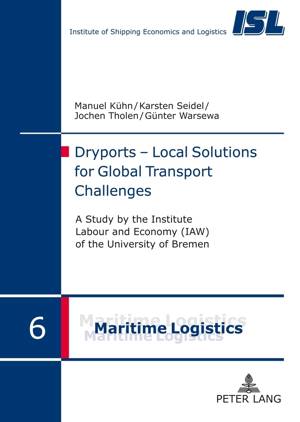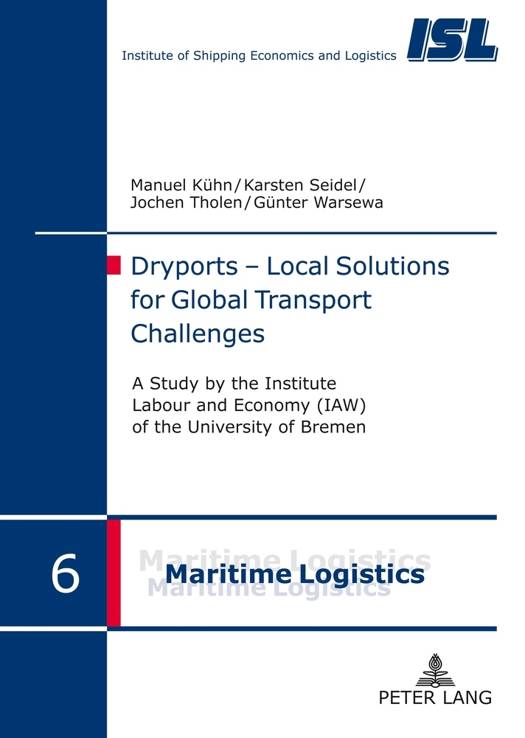
- Afhalen na 1 uur in een winkel met voorraad
- Gratis thuislevering in België vanaf € 30
- Ruim aanbod met 7 miljoen producten
- Afhalen na 1 uur in een winkel met voorraad
- Gratis thuislevering in België vanaf € 30
- Ruim aanbod met 7 miljoen producten
Zoeken
Dryports - Local Solutions for Global Transport Challenges
A Study by the Institute Labour and Economy (Iaw) of the University of Bremen
Manuel Kühn, Karsten Seidel, Jochen Tholen, Günter Warsewa
€ 38,45
+ 76 punten
Omschrijving
Global trade will increase over the coming years asking for solutions to cope with growing amounts of transported goods. Dryports can optimise the distribution of goods by accelerating transport flows, optimising logistics chains and improving the coordination of traffic infrastructures. The study presented in this book describes how and under what conditions dryports work efficiently as a complementary partner for seaports and as an option for future-oriented and sustainable logistics. The authors identify similarities and differences across four cases at: Bremen/Bremerhaven-Germany, Felixstowe-UK, Gothenburg/Falköping-Sweden, and Zeebrugge-Belgium and suggest under which conditions dryports have a good chance to succeed. The main conclusion is that spatial relief and environmental concerns in implementing and running a dryport do matter but, at the end of the day, competition and governance decide.
Specificaties
Betrokkenen
- Auteur(s):
- Uitgeverij:
Inhoud
- Aantal bladzijden:
- 95
- Taal:
- Engels
- Reeks:
- Reeksnummer:
- nr. 6
Eigenschappen
- Productcode (EAN):
- 9783631624920
- Verschijningsdatum:
- 10/12/2012
- Uitvoering:
- Hardcover
- Formaat:
- Genaaid
- Afmetingen:
- 148 mm x 210 mm
- Gewicht:
- 229 g

Alleen bij Standaard Boekhandel
+ 76 punten op je klantenkaart van Standaard Boekhandel
Beoordelingen
We publiceren alleen reviews die voldoen aan de voorwaarden voor reviews. Bekijk onze voorwaarden voor reviews.











